Seeing the interaction of old and new at the Wadsworth Atheneum in downtown Hartford, Connecticut, is as easy as walking through its main entrance. The original building of America’s oldest continuously operating art museum, opened in 1844, is a castle-like Gothic Revival structure complete with battlements. Inside, visitors enter soaring Gray Court, where the colorful, curving lines of two massive wall drawings from 1996 by Hartford-born artist Sol LeWitt animate the walls and overhead glass walkways. The museum’s world-class collections, focused on American and European paintings and decorative arts, are in five interconnected historical buildings impressively renovated in 2015.
Starting with 87 paintings, the Wadsworth Atheneum has grown to a collection of over 50,000 works of art from over 5,000 years, with significant works of modern and contemporary art. Daniel Wadsworth (1771–1848), heir to a fortune, founded the museum to promote culture to the community in a permanent building, an innovative idea for the time. (The word atheneum refers to an institution designed to encourage learning.) Hartford flourished as a wealthy industrial city in the 19th century and early 20th century, and other patrons donated significant collections and buildings. These included Elizabeth Colt (wife of firearms manufacturer Samuel Colt) and J. Pierpont Morgan, the Hartford-born financier, who commissioned the Renaissance Revival–style Morgan Memorial building (1915) as a tribute to his father. Samuel Putnam Avery III funded the Avery Memorial building (1934), the first American museum building with an International Style interior.
The fortunes of Connecticut’s capital declined in the 1950s, and Hartford experienced significant population loss over the decades and a sharp rise in poverty. Today, a revitalized core downtown area includes the Wadsworth Atheneum, the Connecticut Science Center, and a convention center. After a period where it had trouble maintaining its buildings, the Wadsworth Atheneum underwent a five-year renovation, funded in part by the state, that has made the galleries shine.
Exploring the Galleries
The museum occupies a city block, and it’s easy to spend a day exploring its treasures. Open days are currently Friday through Sunday (admission is free through June), with a timed ticket required for entry. The website has information about shows and collections, a link to the mobile guide, and even virtual tours of some key galleries.
The Wadsworth building’s first floor has striking galleries with art created after 1945. Works by Helen Frankenthaler, Jackson Pollock, Clyfford Still, and others are on display. An influential program initiated in 1975, MATRIX in the Avery building presents changing shows of often challenging contemporary art. Artists such as Gerhard Richter and Carrie Mae Weems had their first solo U.S. museum show at MATRIX. The current show by Todd Gray looks at the impact of colonialism and slavery through photographic assemblages.
The dramatic, 24-foot-high Morgan Great Hall displays 95 American and European paintings from the 16th to 19th centuries, hung to the ceiling in salon style. Panels identify works by artists such as Rubens and John Singleton Copley. Smaller galleries off the hall display antiquities from Asia as well as Greece and Rome, and medieval and Renaissance art. The Morgan building also has the 200-object Cabinet of Art and Curiosity, opened in 2015 as an interactive version of 16th-century cabinets that held rare items of natural, artistic, and scientific interest. Visitors explore objects by a mobile tour or a touch screen (not available due to COVID-19 restrictions).
American art and decorative arts fill galleries in the Avery building, including Early American paintings and excellent Hudson River School works. The Amistad Center for Art & Culture is an independent organization at the museum that explores the African American experience. It owns 7,000 objects, books, and art relating to Black culture and history in America, and presents exhibitions.
European art and decorative arts are strengths, particularly Italian Baroque painting including St. Francis of Assisi by Caravaggio, as well as French Impressionist works. The galleries display brilliant examples of the museum’s ceramics collection, such as exquisite Meissen porcelain.
The Wadsworth Atheneum’s diverse and dynamic changing exhibitions are another highlight. One upcoming show is Leonardo Drew: Two Projects, with an installation by this contemporary African American sculptor in the Main Street lobby and an outdoor, interactive installation on the front lawn. By Her Hand: Artemisia Gentileschi and Women Artists in Italy, 1500–1800 will examine the work of painters including Gentileschi (the museum owns her Self-Portrait as a Lute Player) who are less known to viewers.
Community and Challenge
The Wadsworth Atheneum has shown its commitment to welcoming a broad section of the local community in ways that go beyond its presentation of diverse art. One major initiative has made museum entry free to Hartford residents. In the galleries, attendants with iPads offer information about the art and the museum. Second Saturdays, currently virtual (like many other programs), invite families to learn about art and to make a project. Twice-monthly Eye on Art Family Tours are another family-friendly initiative. Although school programs and tours for kids of all ages are now virtual, the museum has theme tours and lesson plans that work with curriculum. Older students have the opportunity for internships. The museum is also a member of the Connecticut Art Trail, a partnership of more than 20 art museums and historical sites that sells a $25 passport allowing one entry to each member museum each year.
Like museums around the country, the Wadsworth Atheneum has been addressing issues of audience expansion and reexamining its commitment to the community. These subjects involve issues beyond the museum, including tourism to Hartford. Currently the museum is completing a new five-year strategic plan, as well as a diversity, equity, accessibility, and inclusion plan. During these discussions, Thomas Loughman, the museum’s director and CEO since 2016, resigned in April 2021, as did the president of the board of trustees. The Wadsworth Atheneum will be navigating further transitions, but as its history of excellence in collecting and programming has shown, it is an institution that can embrace change and thrive.
Side Dish
Seeing art works up an appetite, and the Front State location of local mini-chain’s Bear’s Smokehouse BBQ offers Kansas City–style wood-smoked meats in a casual, cafeteria-style setting. Diners choose from 10 meats (including an Impossible Meatloaf option) and have their meal over a salad, in a sandwich, or on a platter. Side dishes such as mac and cheese, BBQ beans, broccoli salad, and collard greens round out the menu.
Linda Cabasin is a travel editor and writer who covered the globe at Fodor’s before taking up the freelance life. She’s a contributing editor at Fathom. Follow her on Instagram and Twitter at @lcabasin.

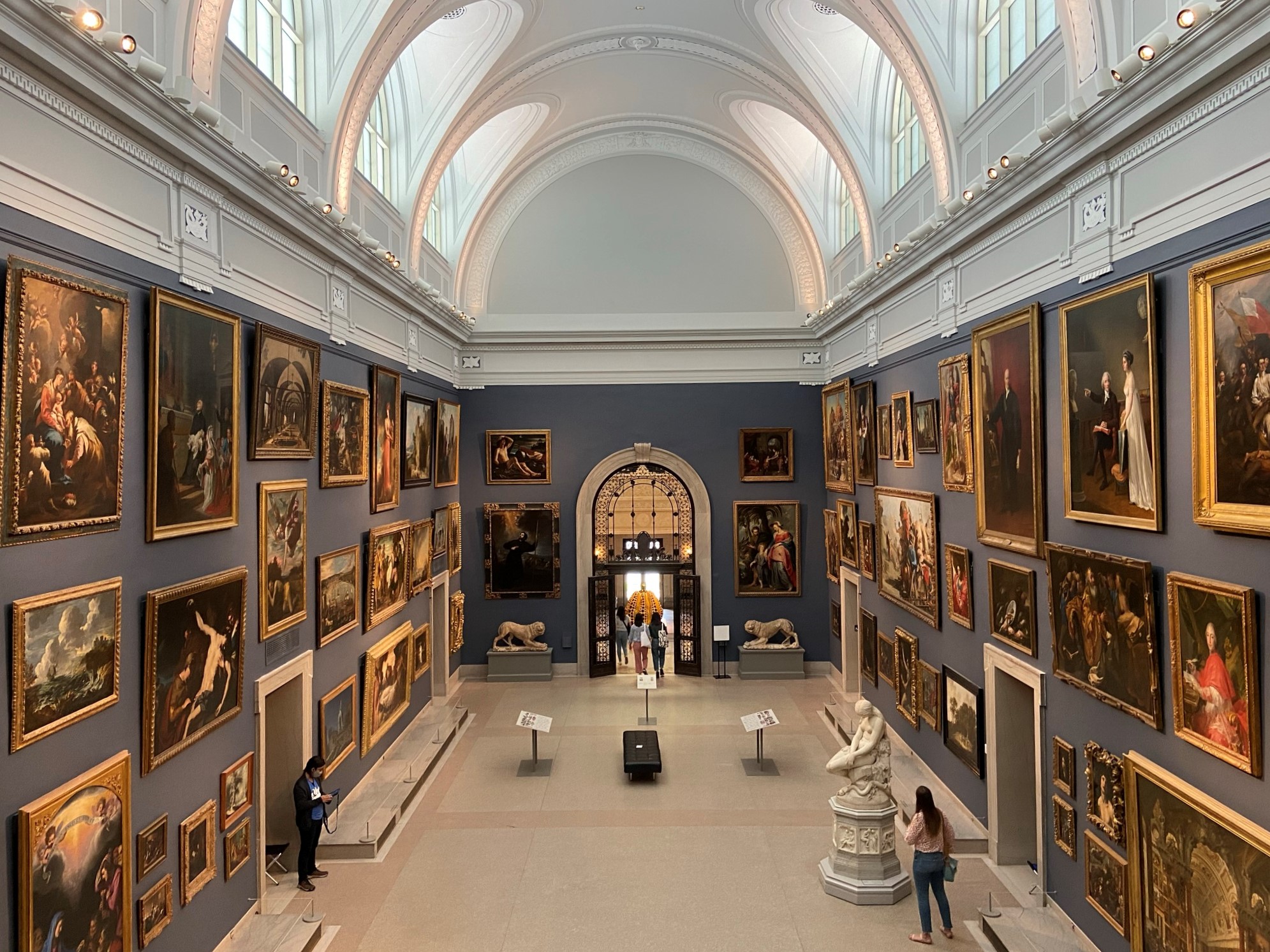

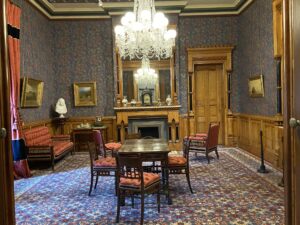
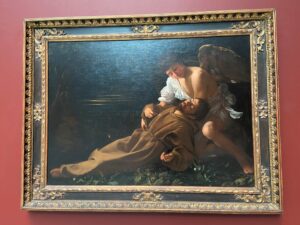
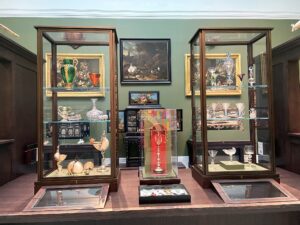
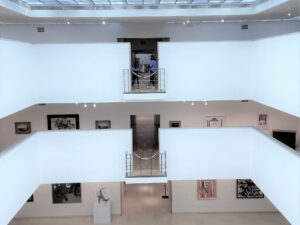
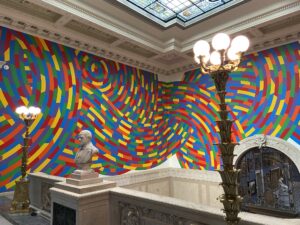
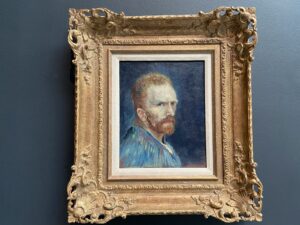
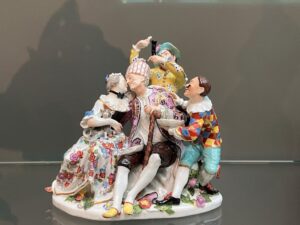
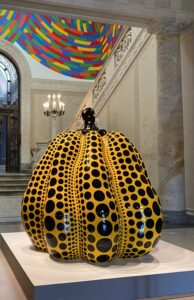

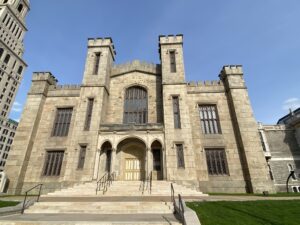
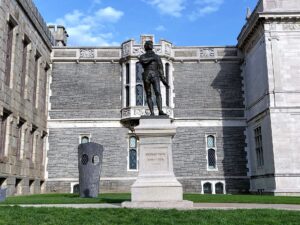
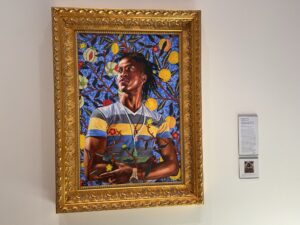
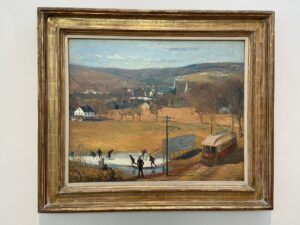
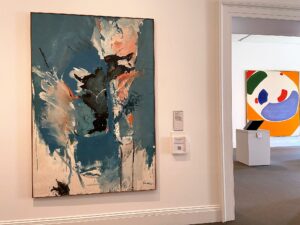
3 Comments